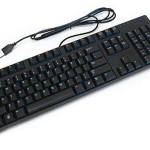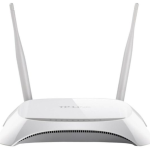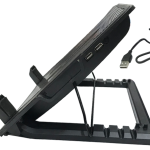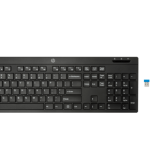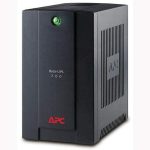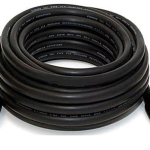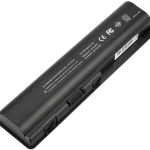UTP CAT 6 NETWORK CABLE
Category 6 cable (Cat 6): is a standardized twisted pair cable for Ethernet andother network physical layers that is backward compatible with the Category5/5e and Category 3 cable standards.
Cat6 has to meet more stringent specifications for crosstalk and system noise thanCat 5 and Cat 5e. The cable standard specifies performance of up to 250 MHz,compared to 100 MHz for Cat 5 and Cat 5e.
WhereasCategory 6 cable has a reduced maximum length of 55 meters when used for10GBASE-T, Category 6A cable is characterized to 500 MHz and has improved aliencrosstalk characteristics, allowing 10GBASE-T to be run for the same 100 metermaximum distance as previous Ethernet variants.
Description:
Cat6 cables can be identified by the printing on the side of the cable sheath.Cable types, connector types and cabling topologies are defined by TIA/EIA-568.
Cat6 patch cables are normally terminated in 8P8C modular connectors, using eitherT568A or T568B pin assignments; performance is comparable provided both ends ofa cable are terminated identically.
IfCat 6-rated patch cables, jacks and connectors are not used with Cat 6 wiring;overall performance is degraded and may not meet Cat 6 performancespecifications.
Maximum length
Whenused for 10/100/1000BASE-T, the maximum allowed length of a Cat 6 cable is 100meters (328 ft). This consists of 90 meters (295 ft) of solid”horizontal” cabling between the patch panel and the wall jack, plus5 meters (16 ft) of stranded patch cable between each jack and the attacheddevice.[9] For 10GBASE-T, an unshielded Cat 6 cable should not exceed 55 metersand a Cat 6A cable should not exceed 100 meters.
Installation requirements
Category6 and 6A cable must be properly installed and terminated to meetspecifications. The cable must not be kinked or bent too tightly; the bendradius should be larger than four times the outer diameter of the cable.[11]The wire pairs must not be untwisted and the outer jacket must not be strippedback more than 13 mm (0.51 in).
Cableshielding may be required in order to avoid data corruption in highelectromagnetic interference (EMI) environments. Shielding is typicallymaintained from one cable end to the other using a drain wire that runs throughthe cable alongside the twisted pairs. The shield’s electrical connection tothe chassis on each end is made through the jacks. The requirement for groundconnections at both cable ends creates the possibility of creating a groundloop. This undesirable situation may compel currents to flow in the networkcable shield and these currents may in turn induce detrimental noise in thesignal being carried by the cable.

